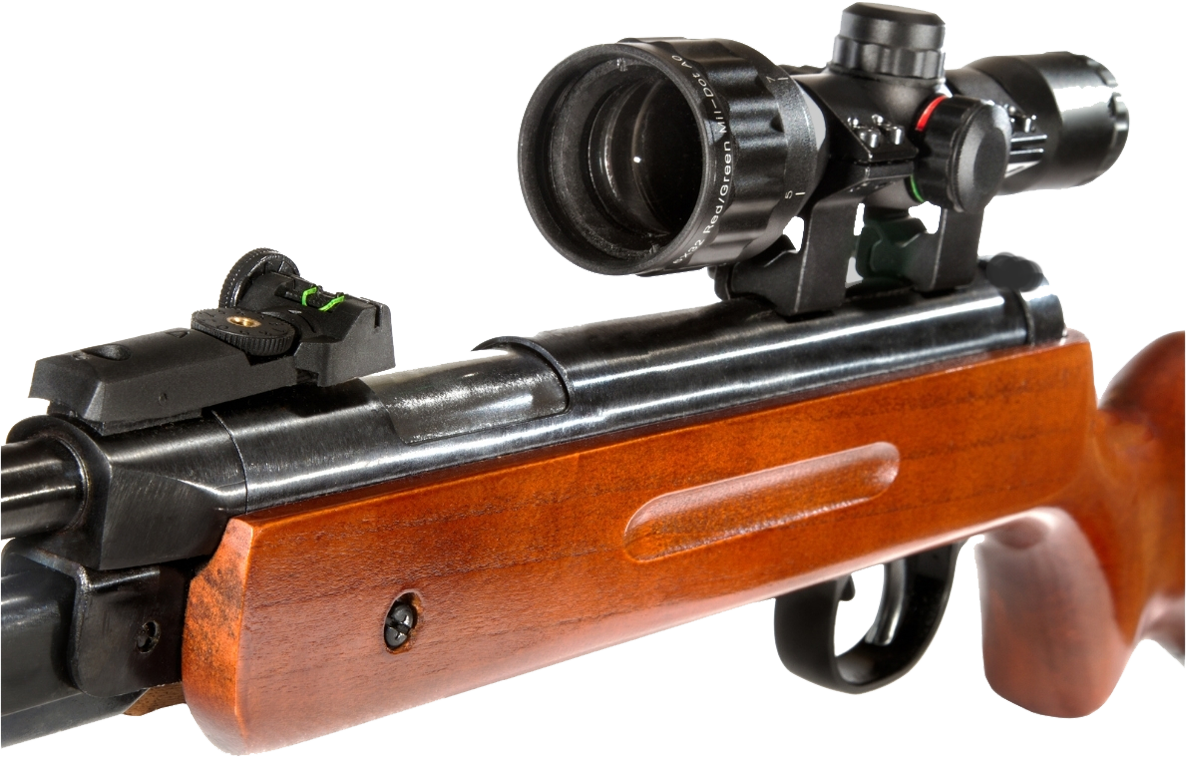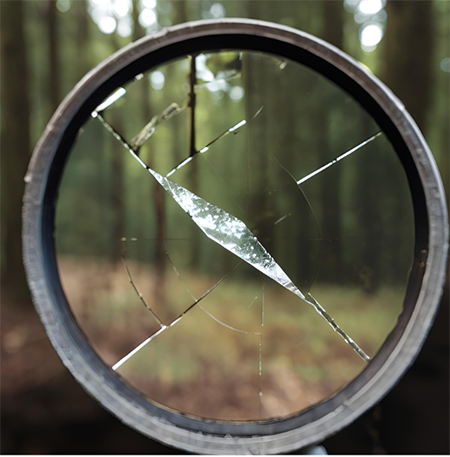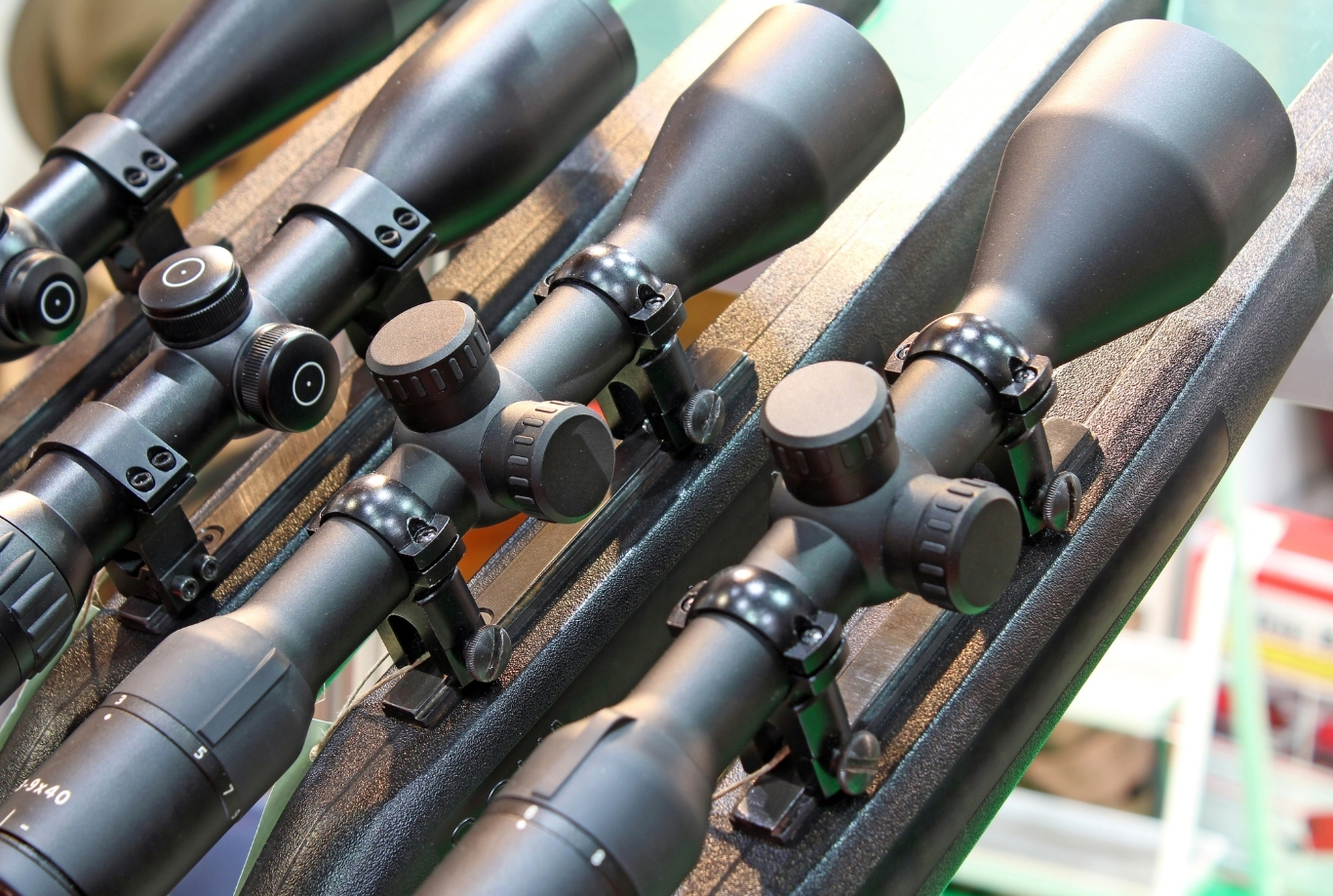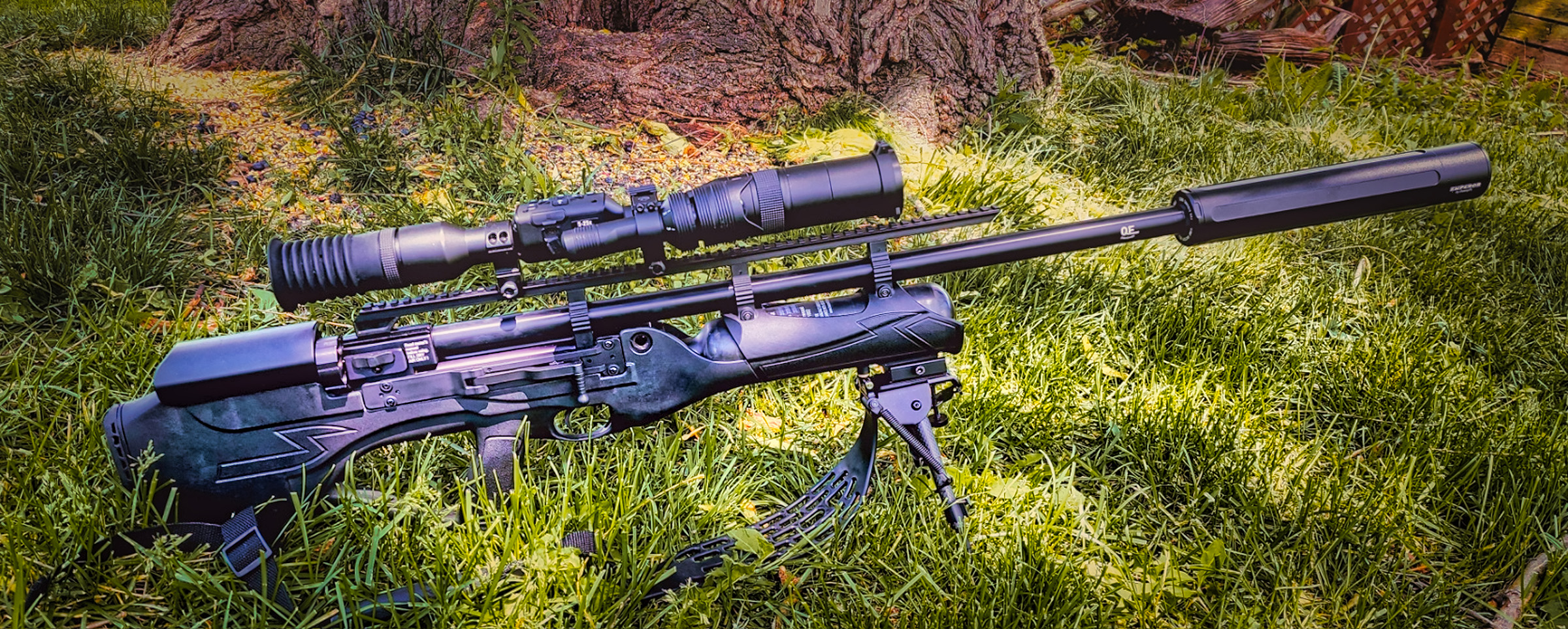
When it comes to shooting with precision, using the right equipment is crucial. For many airgun enthusiasts, upgrading to a better scope seems like a logical step for improving accuracy. However, one common mistake is mounting a regular rifle scope, designed for use on powder-burning firearms, onto a spring piston air rifle. While both may look the same at first glance, they operate under very different conditions. Using a regular rifle scope on a spring piston air rifle can lead to some serious issues, even damage to the scope itself. Let’s dive into why this is the case and the hazards involved.
The Unique Recoil of Spring Piston Air Rifles
Traditional firearms, whether they’re small-caliber rimfire rifles or high-powered centerfire rifles, produce a single, rearward recoil impulse when fired. This is the force that pushes the rifle back into your shoulder after you pull the trigger. Rifle scopes are designed to handle this rearward movement, with components and lenses built to withstand the shock.
However, a spring piston air rifle is an entirely different animal. Instead of burning powder, it relies on a heavy, coiled spring that is compressed during cocking. When the trigger is pulled, the spring is released, pushing a piston forward to compress air and propel the pellet. The firing cycle of this system generates a unique, two-way recoil:
1. Rearward Recoil – Similar to that of a firearm, but often much lighter.
2. Forward Recoil – As the spring and piston reach the end of their travel, they abruptly stop, causing the rifle to jerk forward.
This two-way recoil can be violent, especially the forward jolt, which is something a standard rifle scope simply isn’t designed to handle. The constant forward and rearward shocks can easily loosen or misalign internal components within a regular scope, making it inaccurate at best and unusable at worst.

Common Problems When Using a Regular Rifle Scope
If you mount a regular rifle scope on your spring piston air rifle, here are some of the issues you are likely to encounter:
1. Internal Damage – The forward recoil of a spring piston airgun can wreak havoc on a regular rifle scope’s internals. Reticles can break, lenses can shift, and internal parts may become dislodged. Most scopes for firearms just aren’t built for the dual-direction recoil forces generated by springers.
2. Loss of Zero – Even if your scope doesn’t outright break, you may notice that your shots are suddenly landing nowhere near where you aimed. This loss of zero happens when the internal components of your scope shift out of place due to the intense forward recoil. You’ll find yourself constantly having to re-adjust your aim, frustrating any attempts at accurate shooting.
3. Shortened Scope Lifespan – Regular rifle scopes are designed to last through years of use on powder-burning firearms. However, mounting one on a spring piston air rifle can severely reduce its lifespan. The constant battering from the dual-direction recoil will degrade the scope quickly, leading to premature failure.
4. Increased Cost – If you’ve ever invested in a high-quality rifle scope, you know they aren’t cheap. Mounting an expensive scope on a springer can turn into a costly mistake when you have to replace it after it gets damaged by recoil forces it wasn’t meant to endure.

What Makes Airgun Scopes Different?
Scopes designed specifically for airguns are built to withstand the unique forces created by spring piston rifles. These scopes typically have reinforced internal components, with lenses that are securely mounted to handle both forward and rearward recoil. Airgun scopes also tend to have features that cater to the needs of air rifle shooting, such as parallax adjustment for closer ranges, since airguns are often used at distances less than 50 yards.
Here are a few features to look for in an airgun-rated scope:
– Shock Resistance – The most important feature is the scope’s ability to handle the unique two-way recoil.
– Parallax Adjustment – Airguns are often shot at shorter ranges than firearms, so having a parallax adjustment for ranges as close as 10 yards is ideal.
– Durability – Airgun scopes are built to last under the specific conditions created by air rifles, meaning they’re made from materials and with construction methods suited to the rigors of airgun use.
Conclusion
Using a regular rifle scope on a spring piston air rifle may seem like a quick fix to improve your shooting accuracy, but it can end up doing more harm than good. The two-way recoil generated by these rifles is simply too much for most standard rifle scopes to handle, leading to potential damage, loss of zero, and an overall frustrating shooting experience. Instead, invest in a quality airgun-rated scope. These scopes are specifically designed to handle the unique forces at play and will ensure your air rifle performs at its best for years to come.




